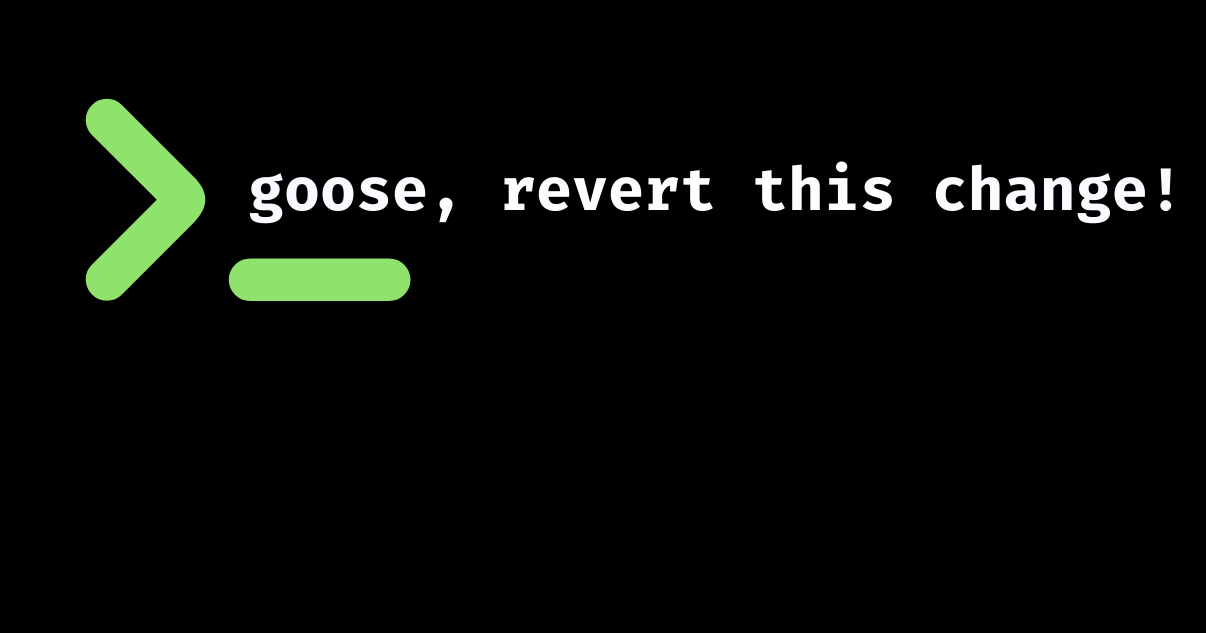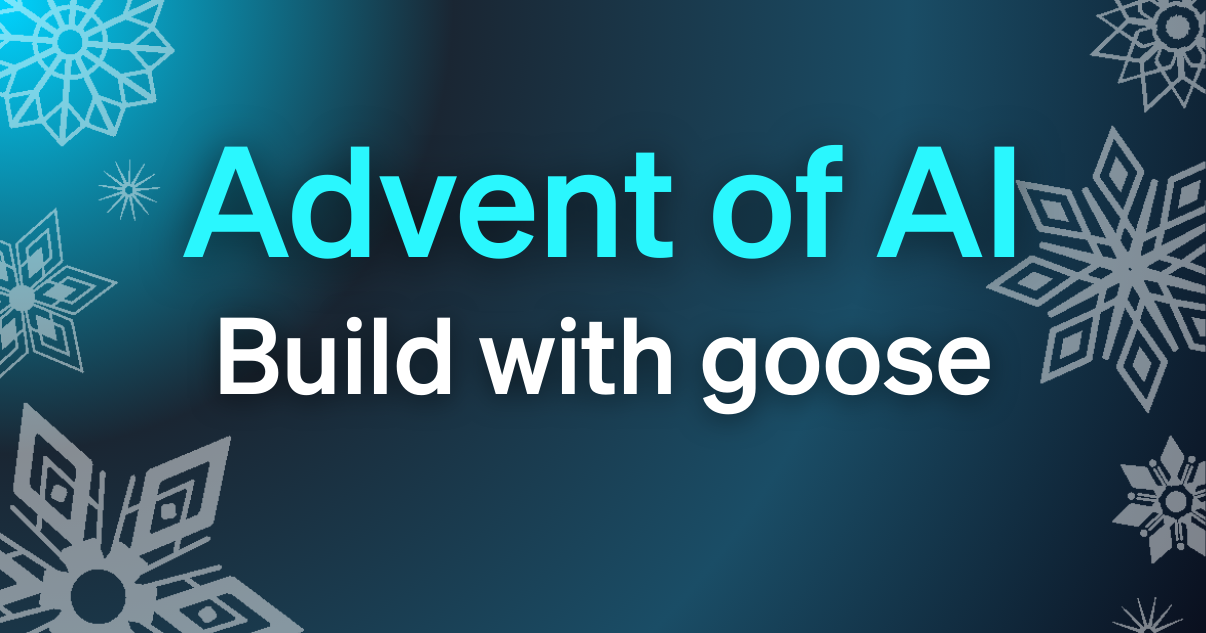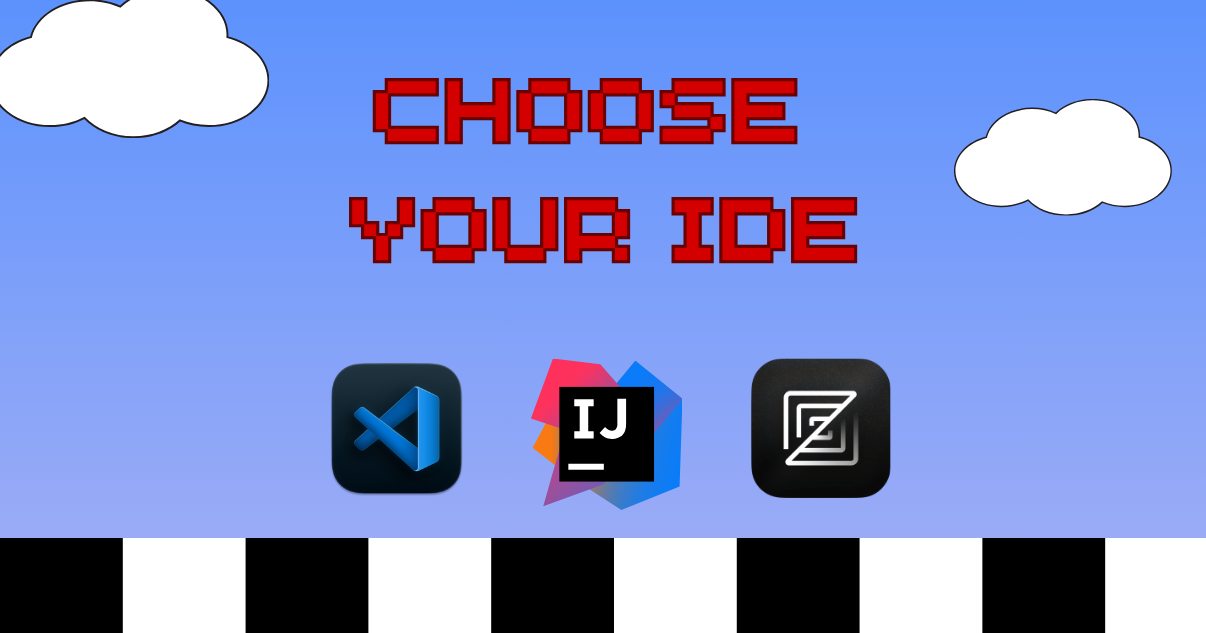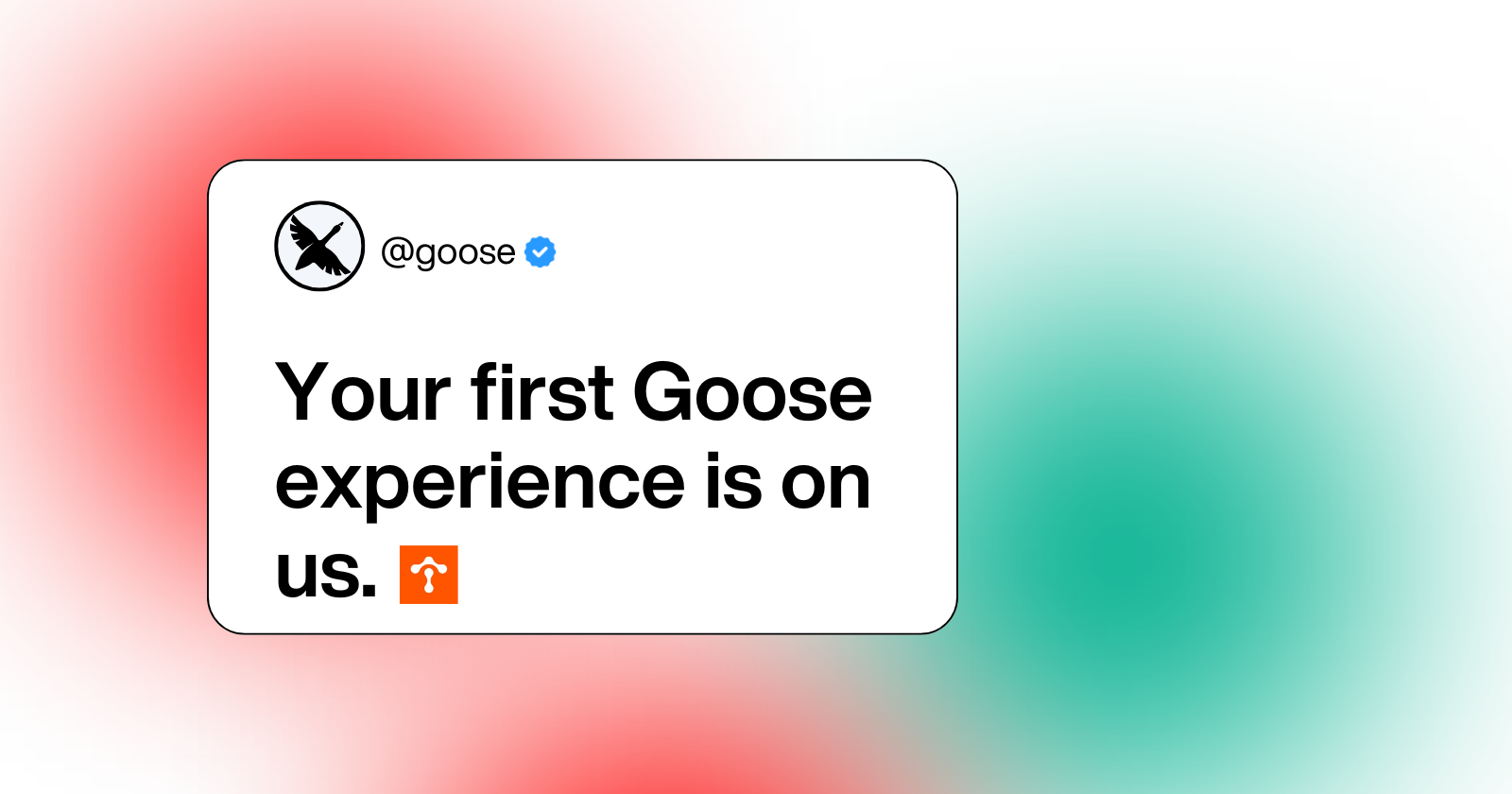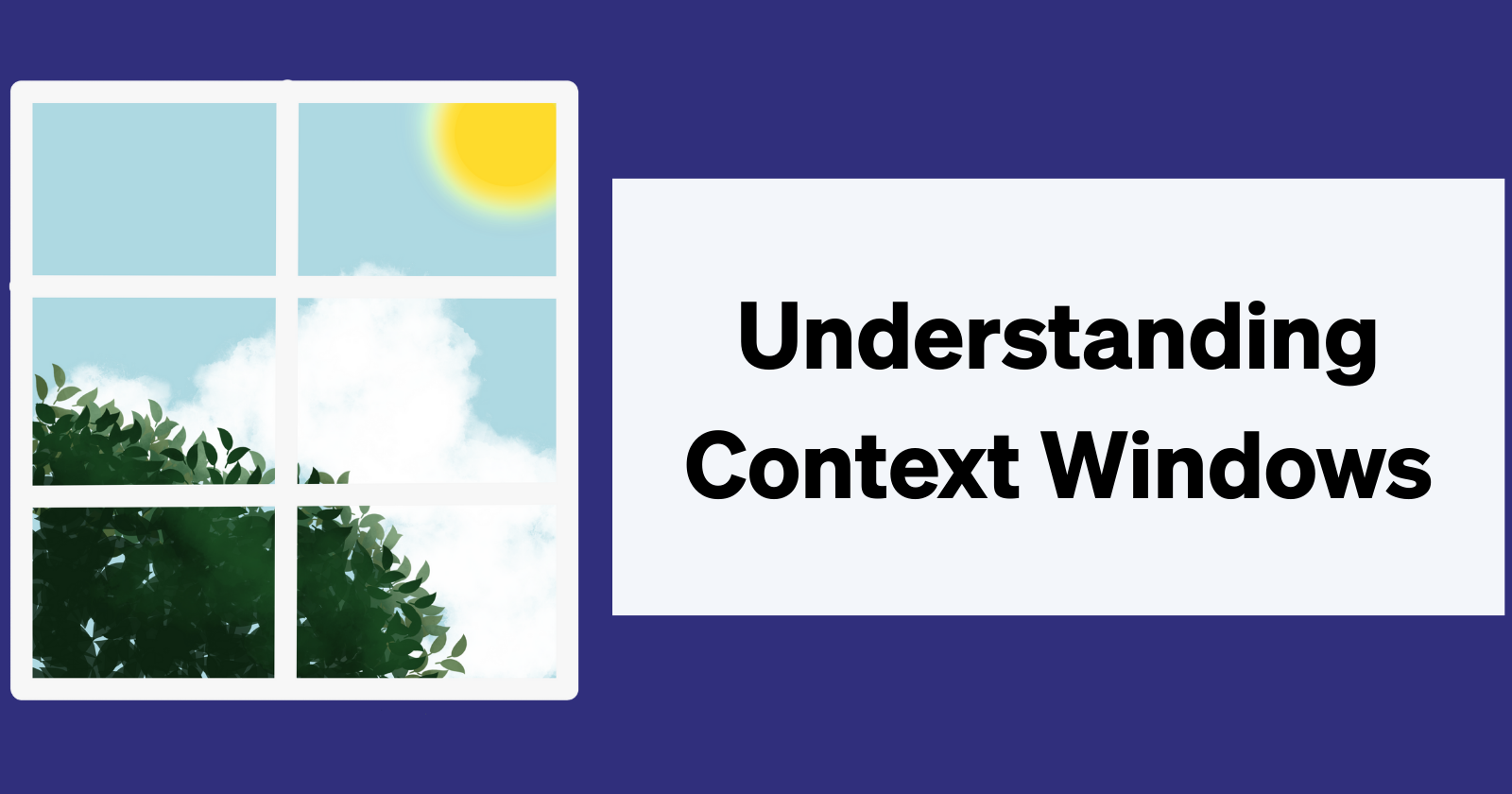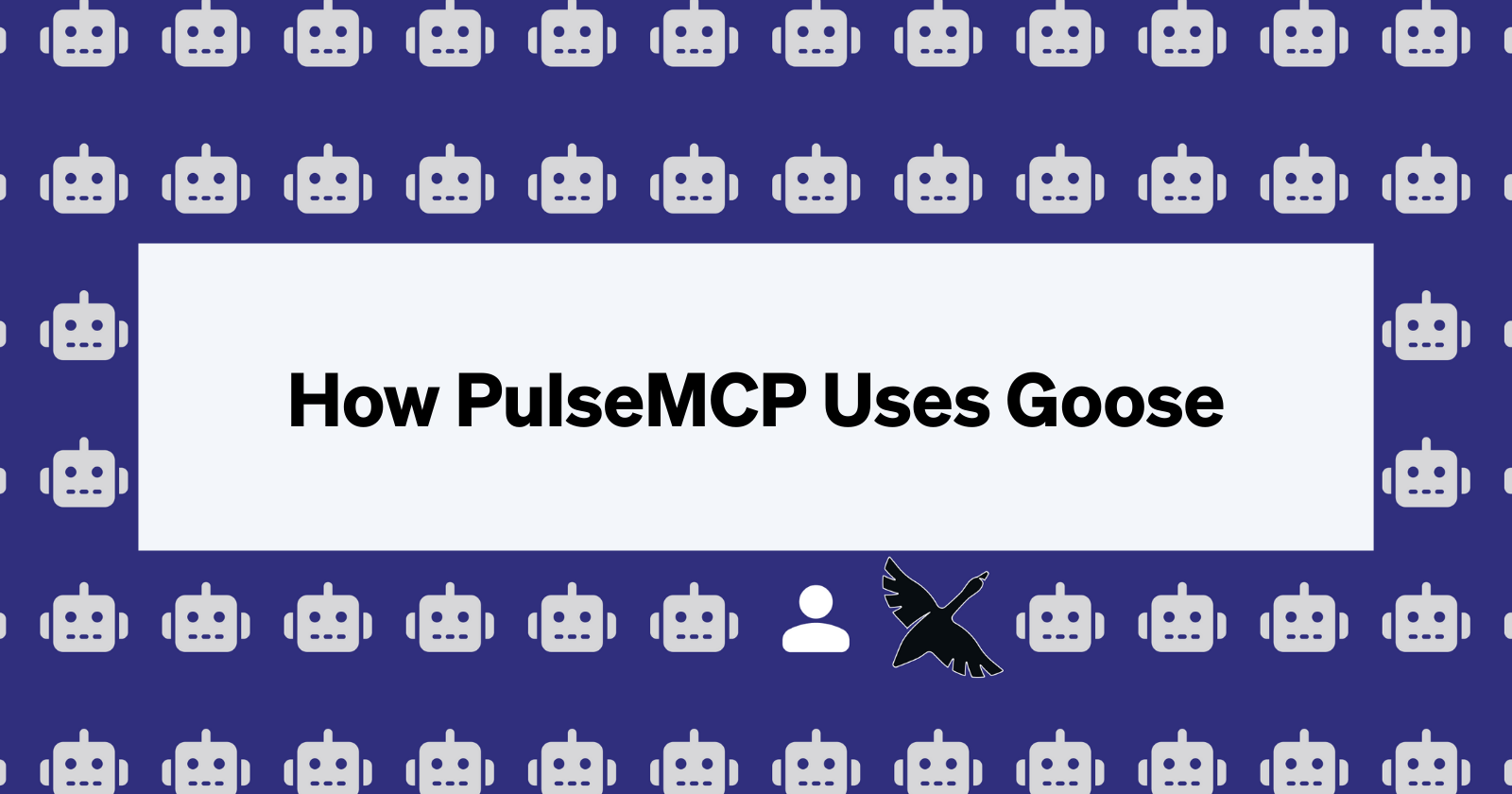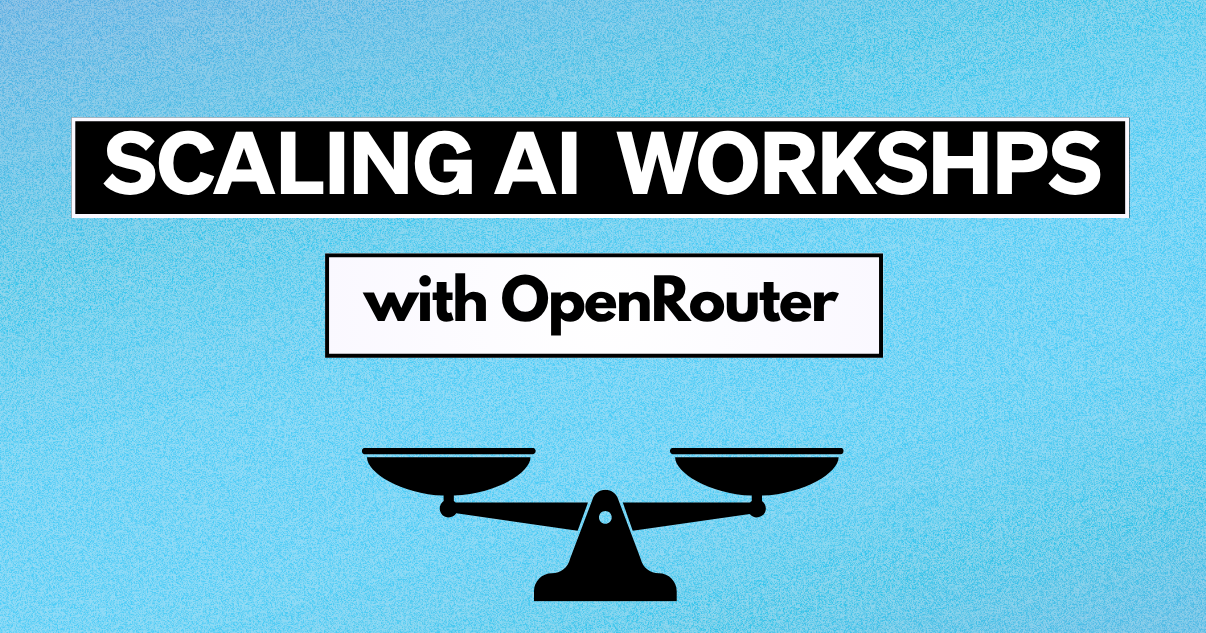Code Mode Doesn't Replace MCP (Here's What It Actually Does)
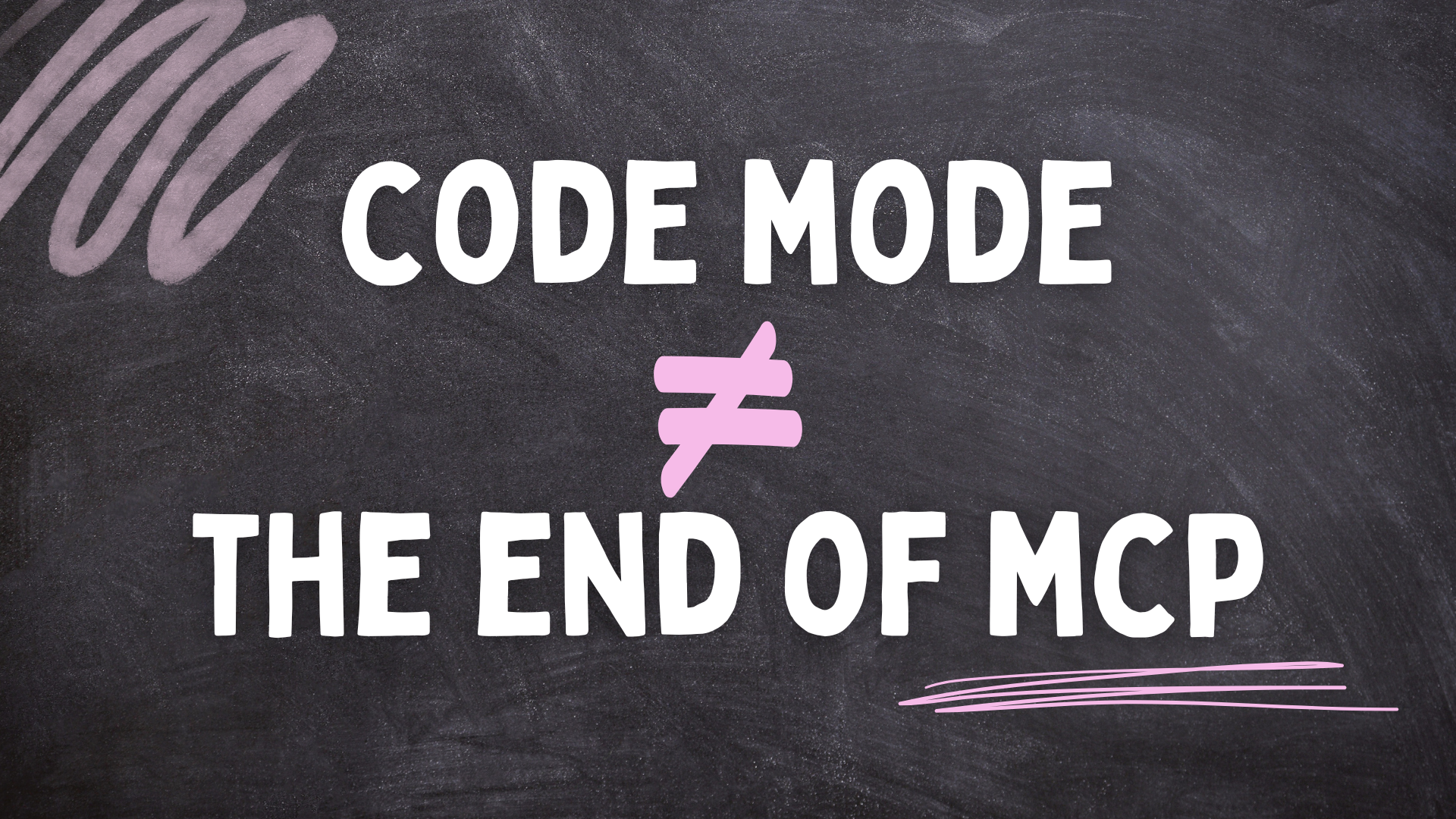
One day, we will tell our kids we used to have to wait for agents, but they won't know that world because the agents in their day would be so fast. I joked about this with Nick Cooper, an MCP Steering Committee Member from OpenAI, and Bradley Axen, the creator of goose. They both chuckled at the thought because they understand exactly how clunky and experimental our current "dial-up era" of agentic workflows can feel.
Model Context Protocol (MCP) has moved the needle by introducing a new norm: the ability to connect agents to everyday apps. However, the experience isn't perfect. We are still figuring out how to balance the power of these tools with the technical constraints of the models themselves.

